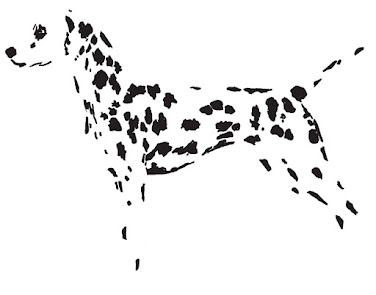Digital Photography & Imaging | Week 7
Digital Photography & Imaging
Jesslyn Octavia Tjong | 0374562
WEEK 7
Lecture | COLOUR THEORY
Colour theory delves into the science of human colour perception and the art of colour communication.
The primary colours for printing are RGB (Red, Green, and blue) and CMYK (Cyan, Magenta, Yellow, and black).
- RBG is known to be the more commonly used one out of the two and is the additive color model that describes how light produces colour. Additive colour starts with black and adds red, green, and blue light to produce the visible spectrum of colours. TVs, screens, and projectors use red, green, and blue (RGB) as their primary colours.
- CMYK is created by the subtraction of light. The CMYK color system is the colour system used for printing.
- HUE denotes denotes an object’s colour.
- SHADE represents a colour that has a darker value than the original hue
- TINT is a hue to which white has been added.
- TONE is a color to which black and white (or grey) have been added.
Colour harmony refers to the arrangement of the colours in design in the most attractive and effective way for users’ perception.
- MONOCHROMATIC is hard to make a mistake and create a distasteful color scheme.
- ANALOGOUS is 3 colors located right next to each other on the color wheel.
- COMPLIMENTARY is colors are opposites on the color wheel and provide high contrast compared to monochromatic and analogous.
- SPLIT COMPLIMENTARY uses two colors across the color wheel, with those two colors lying on either side of the complementary color
- TRIADIC colours are evenly spaced around the color wheel and tend to be very bright and dynamic.
TUTORIAL&PRACTICAL







Comments
Post a Comment